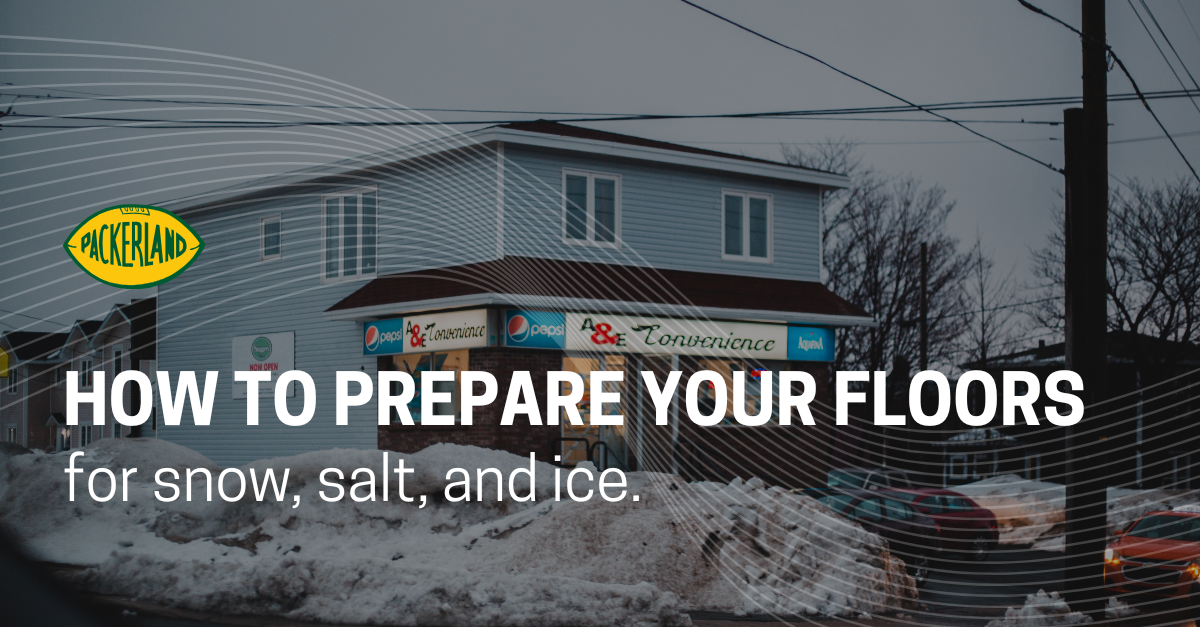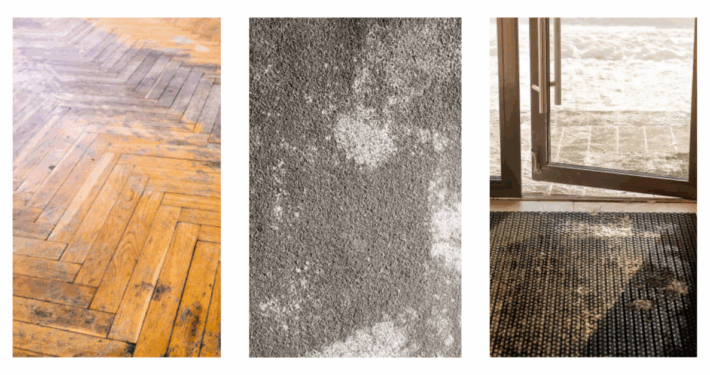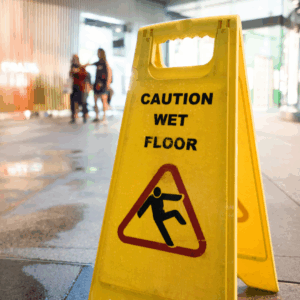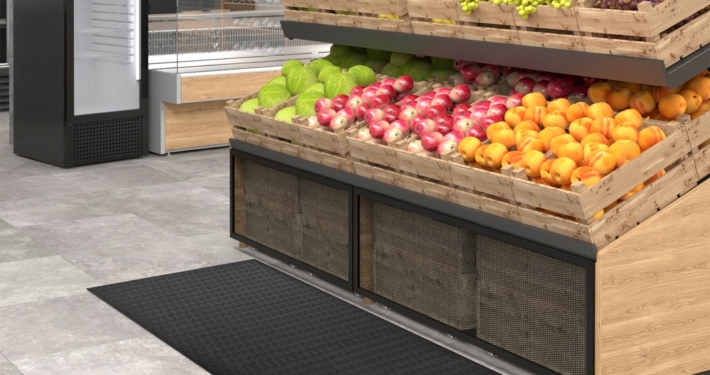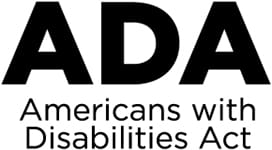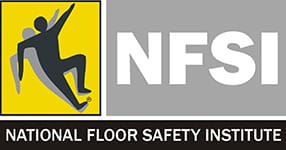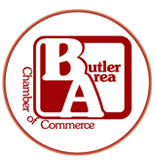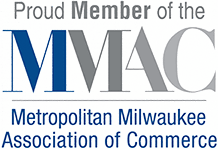Winter Floor Matting Tips to Protect Your Business from Snow, Salt, and Ice
Winter in Wisconsin brings more than just cold air and snow piles outside. It also brings extra challenges inside your building. Every time someone steps through your doors, they track in slush, ice melt, and grit (and not the type of grit we love in the Midwest). Without a plan in place, your floors can quickly become slippery, stained, and costly to maintain.
A thoughtful winter floor mat strategy is one of the simplest ways to protect your floors, keep people safe, and maintain a professional appearance through the season. Use these winter floor matting tips to help guide your decision-making skills.
How Winter Damages Business Floors
Snow and ice may stay outdoors, but water, salt, and sand don’t. Once inside, they create a host of issues:
Moisture: Wet, snowy boots and shoes bring in constant moisture that affects every type of flooring. Tile and hardwood floors can warp, crack, or lose their finish. Rugs and carpets may remain damp, creating conditions for mold and mildew, while moisture that seeps into the padding or subfloor can lead to lasting damage.
Salt and de-icers: They may help outside, but indoors, they leave behind chalky white streaks that are hard to remove. Salt residue can dull hard floors and discolor carpet fibers.
Constant traffic: During winter, people spend more time wiping, stomping, or dragging their feet at entrances. That extra wear and tear can take a toll on flooring and rugs much faster than in warmer months.
The Safety and Cost Risks of Slippery Floors
These issues aren’t only about housekeeping. They also affect safety, reputation, and costs.
Safety hazards: Wet or dirty floors increase the risk of slips and falls, which can result in injuries to employees or visitors.
Maintenance costs: Regular cleaning, carpet extraction, or even floor replacement becomes more frequent if floors are constantly exposed to moisture and salt.
First impressions: Customers, clients, and even staff notice when entryways look dirty or neglected. A salt-streaked lobby leaves a different impression than a clean, well-kept one.
Creating a Winter Floor Matting Strategy
A strong floor matting plan does more than toss down a rug by the front door. Think through your building’s unique traffic patterns and pain points.
Entrances and exits: Don’t forget back doors, side entrances, or employee-only areas. Delivery and warehouse entrances often see just as much salt and moisture as customer doors.
Transition areas: Places where people change out of boots or drop wet gear need extra protection. Placing mats here can help contain the mess before it spreads.
High-traffic zones: Lobbies, break rooms, and hallways quickly become problem areas in winter. Extending mat coverage helps absorb moisture before it reaches the rest of your building.
A coordinated floor mat approach: Scraper mats outside catch snow and grit before it comes inside. Absorbent mats just past the entrance pick up the excess moisture. Longer runs of carpeted mats carry that protection further into the building.
Planning for these areas means less emergency mopping, fewer safety risks, and a cleaner overall environment.
Why Professional Mat Service Beats DIY Rugs
Some businesses try to manage mats themselves—buying a few, laying them down in November, and hoping they last the season. The reality is that rugs get saturated quickly in winter. Once they’re soaked through or crusted with salt, they stop working.
A professional floor mat service solves this problem by keeping mats on a regular rotation.
Clean replacements: Fresh mats are delivered on a schedule, so you don’t have to deal with soggy or worn rugs.
Professional laundering: Salt and grit are tough to remove at home or in a standard washer. Commercial laundering restores mats so they’re clean, sanitized, and ready to absorb again.
Hygiene benefits: Damp mats that sit too long can start to smell or harbor bacteria. Regular replacement avoids that problem.
Consistency: You won’t be left scrambling for a replacement mid-season. The service ensures you always have mats that work as intended.
Proper fit: Mats come in the right sizes and materials for your building’s layout, avoiding the patchwork look (and safety risk) of mismatched rugs.
The Look of Clean Floors: Aesthetic Advantages
Safety and maintenance may be the main reasons business owners get floor mats, but appearance matters too. Clean, well-placed mats give your space a professional look even during the messiest months.
Branded or logo mats add another layer of polish, reinforcing your company’s image while serving a practical purpose. When someone walks into your business on a snowy day, the difference between a salt-crusted rug and a clean, branded mat says a lot about the care you put into your space.
Prepare Your Business for Winter Now
Winter floor care isn’t something to leave until the first snowstorm hits. Planning now gives you time to evaluate your building, determine where mats are needed most, and set up a service that keeps them fresh throughout the season.
By protecting your floors, you reduce maintenance costs, lower the risk of slips and falls, and maintain a professional appearance for your business. It’s a straightforward step that pays off every day from the first snowfall to the spring thaw.
Get Started with a Free Onsite Assessment
Every building has different traffic patterns and floor care challenges, which is why the best winter floor mat strategy starts with a walk-through. Packerland offers free on-site assessments to evaluate your entrances, exits, and high-traffic areas so you know exactly where mats will make the biggest impact.
As a family-owned Wisconsin company, we take pride in helping local businesses stay safe, clean, and professional all year long. From mat service to janitorial and first aid/AED supplies, we cover the details that keep your workplace running smoothly.
Contact us today to schedule your free on-site assessment and get your building ready for winter.

